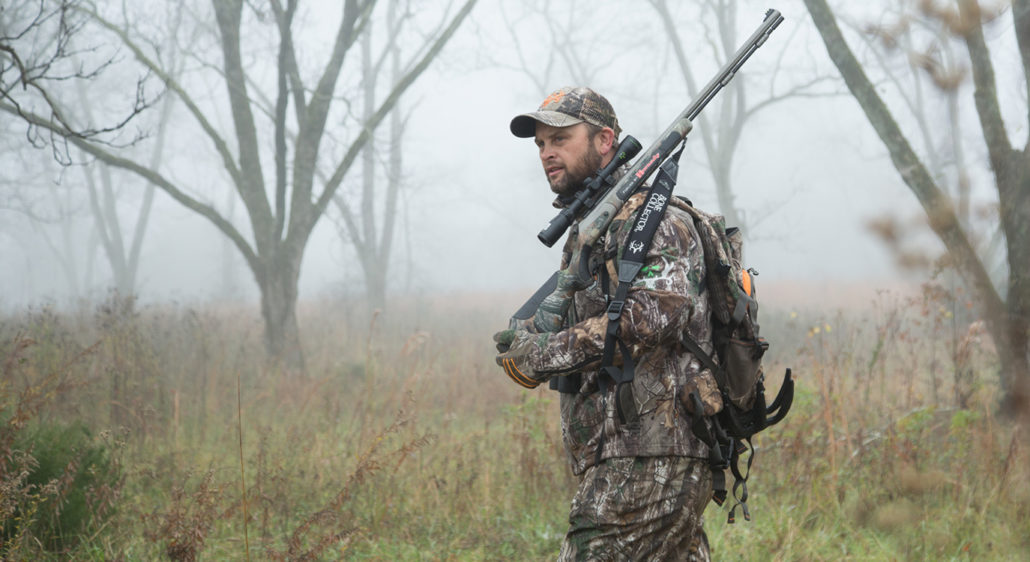Importance of Knowing the Terrain In Still Hunting

There is no more important factor in successful deer hunting than knowing the terrain over which you are planning to hunt. It is essential if you are going to be more than just a chance shot” hunter. Also, in wilderness areas, it is important to know something of the terrain for your own safety.
Although getting lost may be interesting in retrospect, usually it is productive of considerable discomfort in practicing Importance of Knowing the Terrain.
Once you have decided upon the area of your hunt, the next logical step, if this area is a strange one, is to get hold of a survey map and learn something of the terrain. Such maps are laid out in what is termed "quadrangles" and are published by the U. S. Geodetic Survey.
Knowing the Terrain in Still Hunting

Under normal circumstances, it is advisable to get enough maps to cover the entire area in which you will hunt, with an overlap of about five miles on all sides.
Survey Map on Knowing Terrain
Survey Map on Knowing Terrain are inexpensive and are handled by most large bookstores and by many sporting goods shops. The names of the quadrangles needed may be obtained from index maps for a state or region.
These survey maps show the drainage and topography as well as the roads, trails and assorted important landmarks. They are remarkably accurate, and not at all difficult to "read.”
If it is possible, it is always wise to visit a new and strange area prior to the hunting trip. Though this visit is most productive when made just prior to the hunting trip, it is helpful even if the on-the-ground check is made several months in advance.
Surveying with the Map in Still Hunting
Have your survey map with you, and check the hills, streams, ridges, valleys, trails, and other prominent terrain features. Often it is helpful to make marginal notes of features not shown on the map itself, such as cover types and conditions, game concentrations, and probably feeding areas.
The survey map is less important if you hunt farm fringe country, but it is always useful, for there are plenty of novice hunters who find it possible to get thoroughly lost in a twenty-acre woodlot.
A sketch map of your own drawing may suffice in the more open country, but the same marginal notations will prove valuable when the chips are down and the season opener. The importance of some familiarity with the area to be hunted cannot be overemphasized.
Covering the Terrain Visually
The best period for taking up watch is from just before dawn to midmorning. If by 9:00 A.M. no movement has been seen, the hunter usually would do well to abandon his inactive method and try for a jump shot.
While you are on watch, however, it is important to cover the terrain visually every second. And, in the event a deer is spotted, there must be absolutely no movement.
Deer often will pass within ten feet of an immobile hunter with a background that breaks his outline, but move your head, hands, or feet, and the chances are you will be spotted instantly.
Also, you need to use a proper hiking sun hat to cover your head without any sight problem what actually happens a lot in the process of covering your eyes.
As mentioned before, the vision of the deer probably is less acute than that of a man, but this is more pronounced when static objects are involved. The deer's eye immediately registers any movement, and usually, the reaction is immediate. A few bounds, the flicker of a flag, and the deer is gone.
Deer Watching in the Terrain
Thinking of a deer watch while seated by the home fireside gives the illusion of simplicity. After all, it is merely necessary to sit quietly and remain alert. But keeping completely quiet for several hours is not as simple as it sounds, especially if the temperature is low and the wind is sharp.
It is often possible to evade the wind by finding partial shelter, and the cold can be eliminated to some degree by wearing suitable clothing, but the absence of all movement is another matter. You can move your toes in your boots, your fingers in your gloves, and squirm under your coat, but after an hour or two, your muscles will begin to protest.